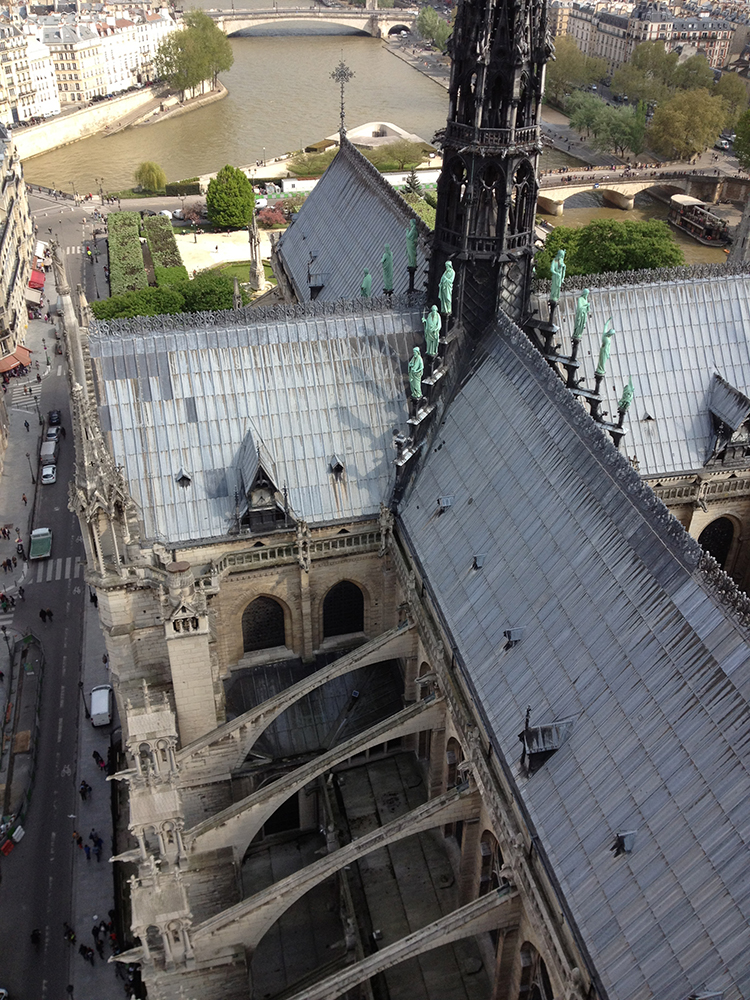
Lead roofing © Benjamin Mouton
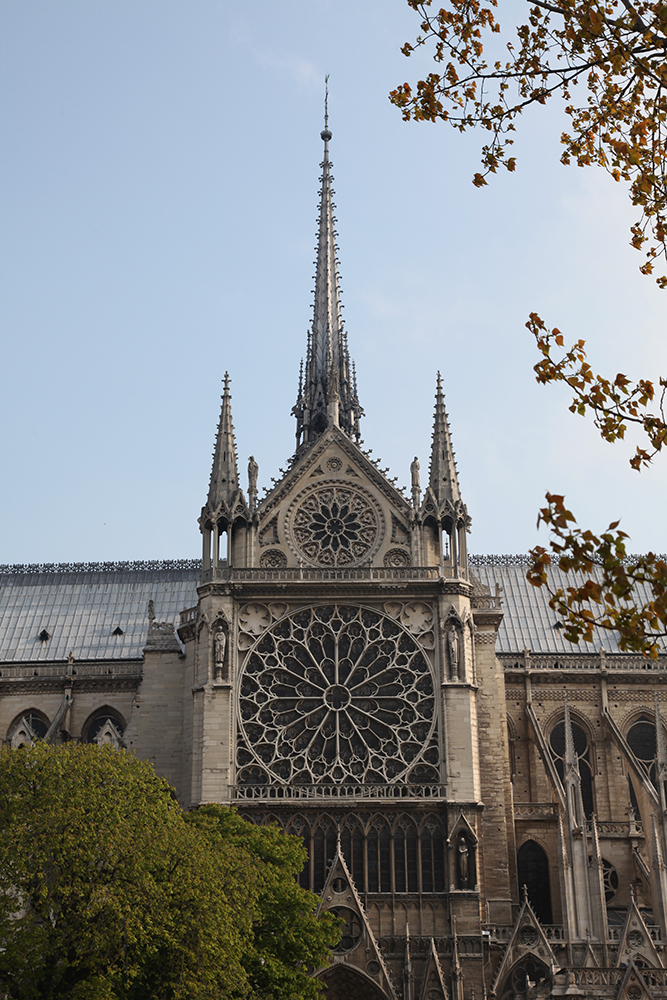
Spire and south façade of the transept © Benjamin Mouton
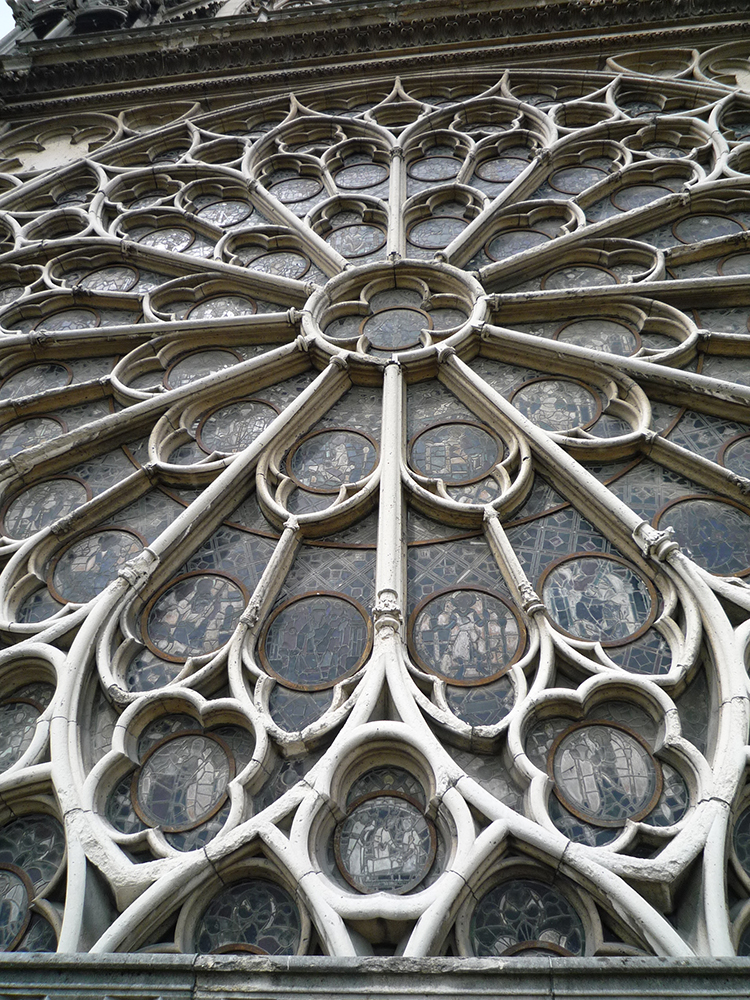
South rose © Benjamin Mouton

West façade gates © Benjamin Mouton

Central portal, tympanum, trumeau, column statues © Benjamin Mouton
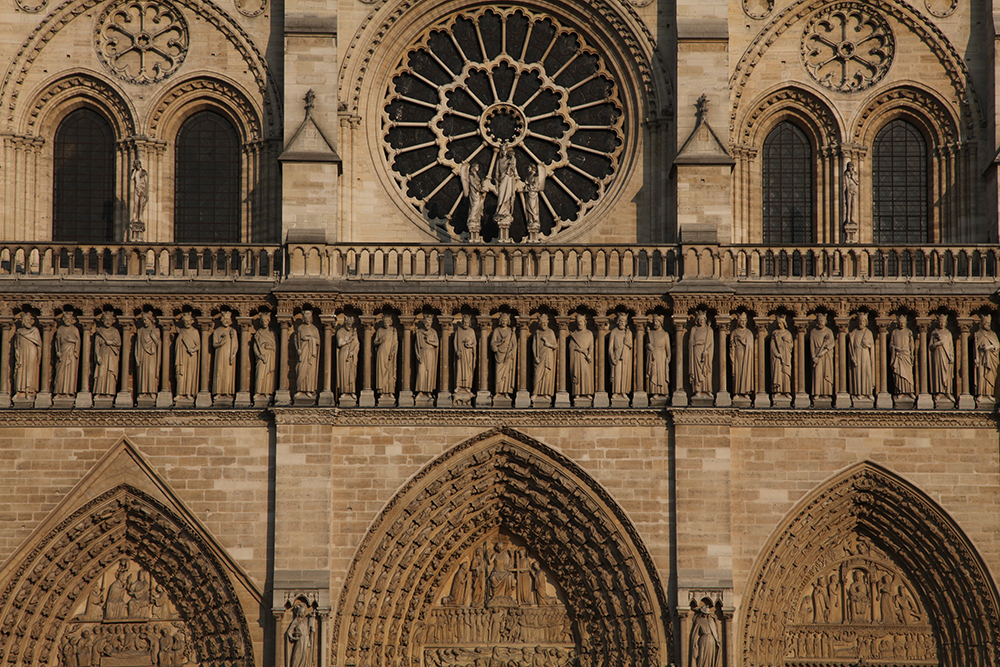
Statues in the Kings' Gallery © Benjamin Mouton
The works of Lassus and Viollet-le-Duc
Benjamin Mouton
The program of work assigned by the State for the entire cathedral was based on three points:
Urgent repair work
- Replacement of altered stones according to their use: firm stones for common facings, hard stones for exposed facings (terraces, cornices and entablatures); fine stones for sculptures...
- Repair of the roofs, high in lead and low in stone terraces;
- Reconstruction of the sagging rose and gable of the south arm of the transept.
- Reinforcements of the choir, by external and internal metal tie rods; reinforcements of the south facade of the transept, of the nave and choir frame.
Restoration work
- Restoration of the medieval facade: restitution of the statues and columns of the three portals, restitution of the tympanum and the trumeau of the central portal, of the statues of the gallery of the kings among which we recognize Lassus and Viollet-le-Duc. The doors with ornamented hinges are restored and completed.
- In the towers, the high belfries of 25m are rebuilt with reuse in the south tower, of wood of the seventeenth century.
- Restoration of the medieval polychrome windows, destroyed and replaced by the clergy in 1753 by clear windows.
Beautification work (creations)
- Reconstruction of the sacristy (ruined during the riots of 1831), in the style of the chapels of the ambulatory, following the guidelines of the Historical Monuments Commission.
- Restitution of the sharp works (destroyed in 1787), for structural necessity (pinnacles), functional (gargoyles) or architectural (chimeras, culots, hooks), of which the "Stryge" is universally famous.
- Restoration of the liturgical furniture in stone (altars, pedestals), metal (interior grills), wood (confessionals, benches); and also of the gothic polychrome wall decoration covered with whitewash in the XVIIIth century, restored by Viollet-le-Duc, and that the XXth century has partially plundered.
The medieval spire
Built around 1250, repaired in particular in the 16th century, it had been demolished around 1793 because of a strong SE inclination. Although poorly documented, its restoration had been planned since the competition of 1843.
Finding its stump preserved in the attic, Viollet-le-Duc was able to reconstitute the layout of the frame - an archaeological-historical approach - and at the same time detect its weaknesses - a structural approach. The project that resulted from this analysis proposed to extend the spire by 13 meters, constructing it according to the methods of the carpenters of the 13th century, bringing it into scale with the cathedral and that of Amiens, and reflecting the views of artists who considered that its higher profile better expresses its symbolic importance.
Would Lassus and Viollet-le-Duc have done too much?
- It is impossible to dispute the importance of the work that was necessary to preserve the building, whose condition was dramatic.
- Today, the contribution of contemporary creation to monuments is accepted as an enrichment: how could Viollet-le-Duc, having done the same, be guilty?
- And above all, if we cannot hardly reproach Viollet-le-Duc for not having read the Venice Charter, nor condemn him for not having invented it, we owe him on the other hand gratitude for his generosity!

Stained glass windows in grisaille in the nave © Benjamin Mouton
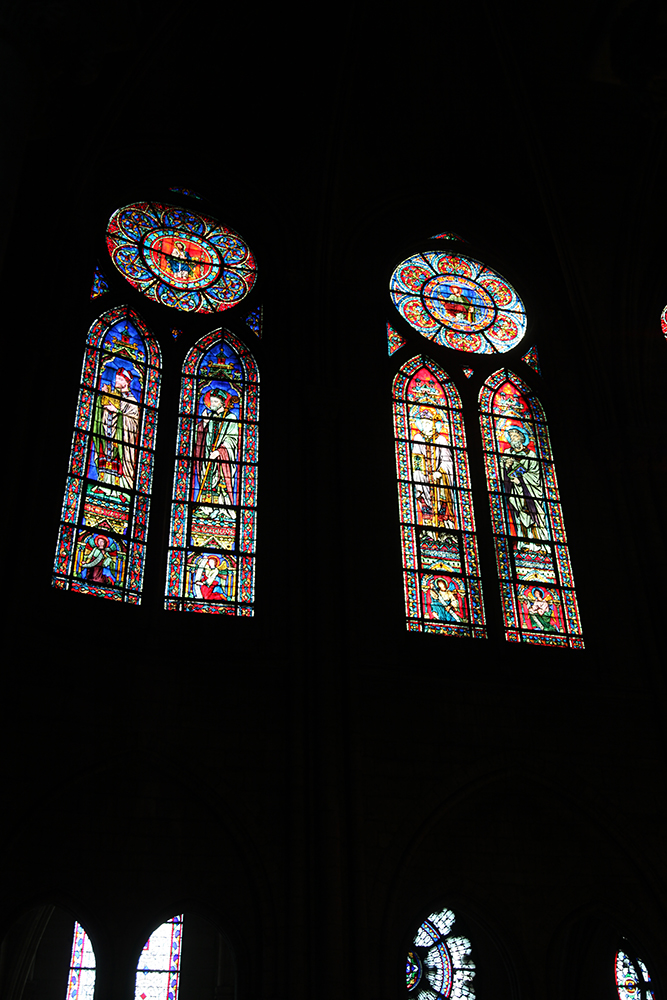
Colored stained glass windows in the upper choir © Benjamin Mouton
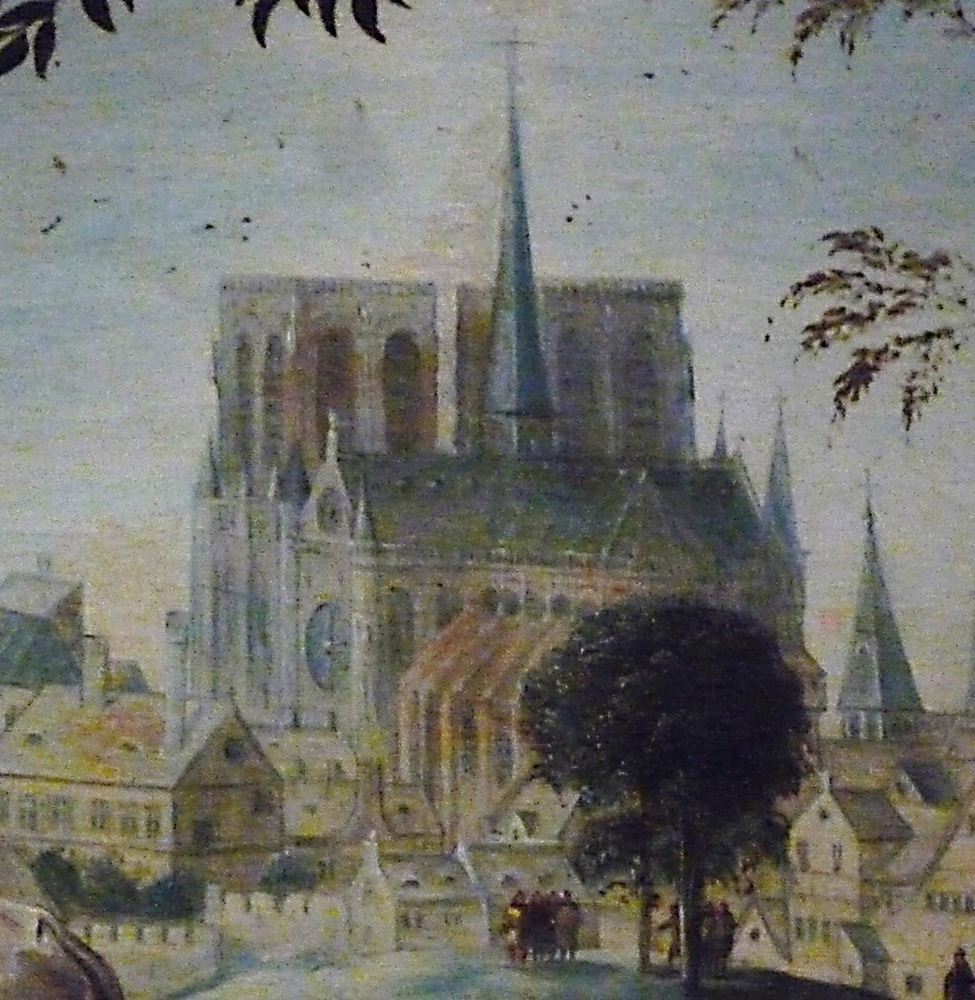
13th century spire, 16th century painting. Carnavalet Museum © Benjamin Mouton
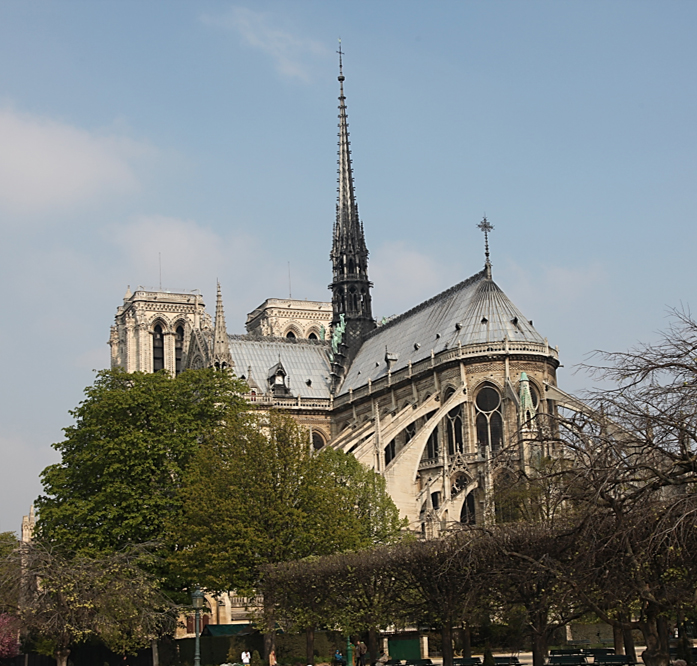
New spire by Viollet-le-Duc © Benjamin Mouton
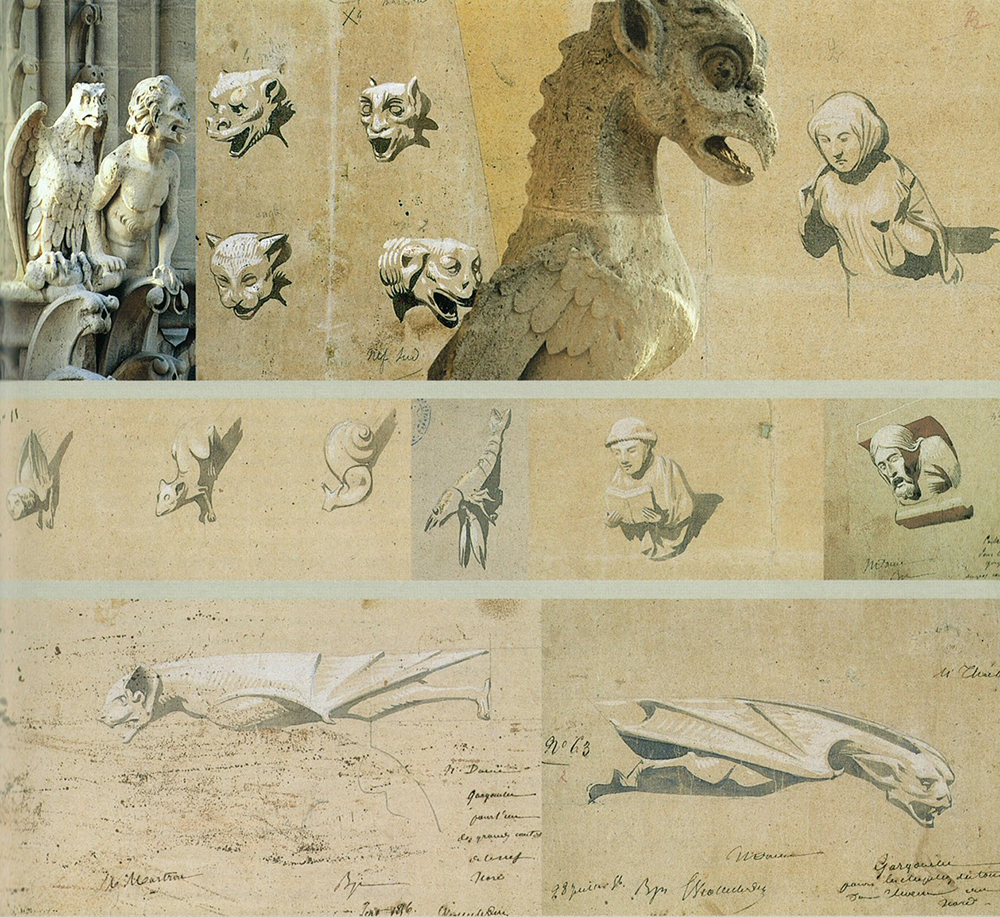
Fantastic statuary. Drawings by Viollet-le-Duc © Benjamin Mouton
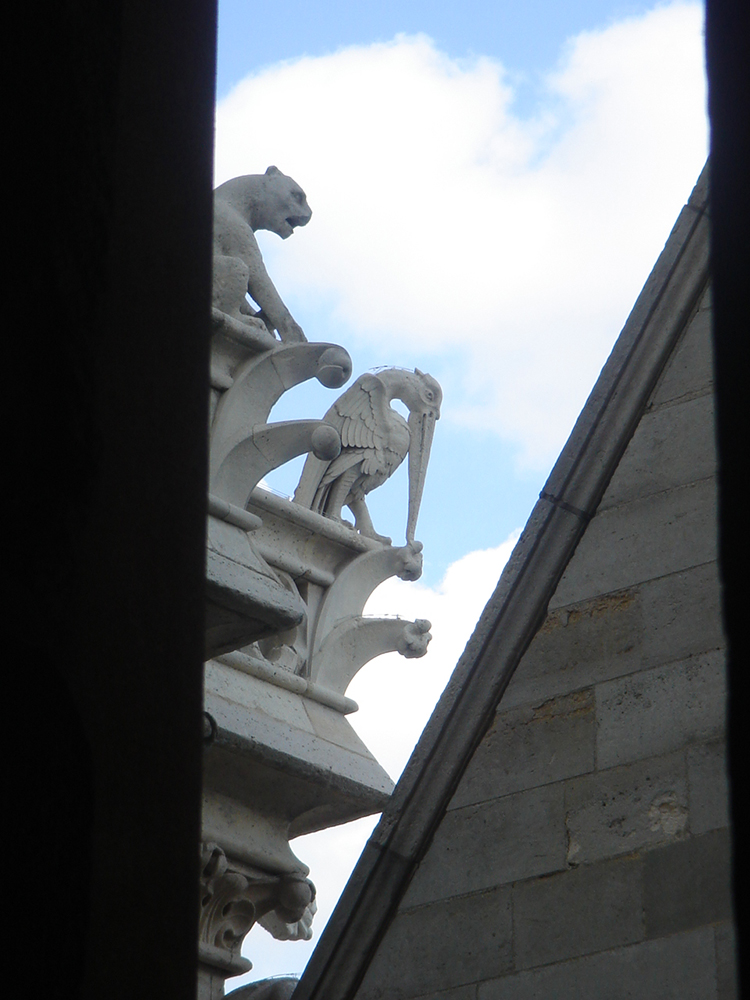
Chimeras in the north tower © Benjamin Mouton
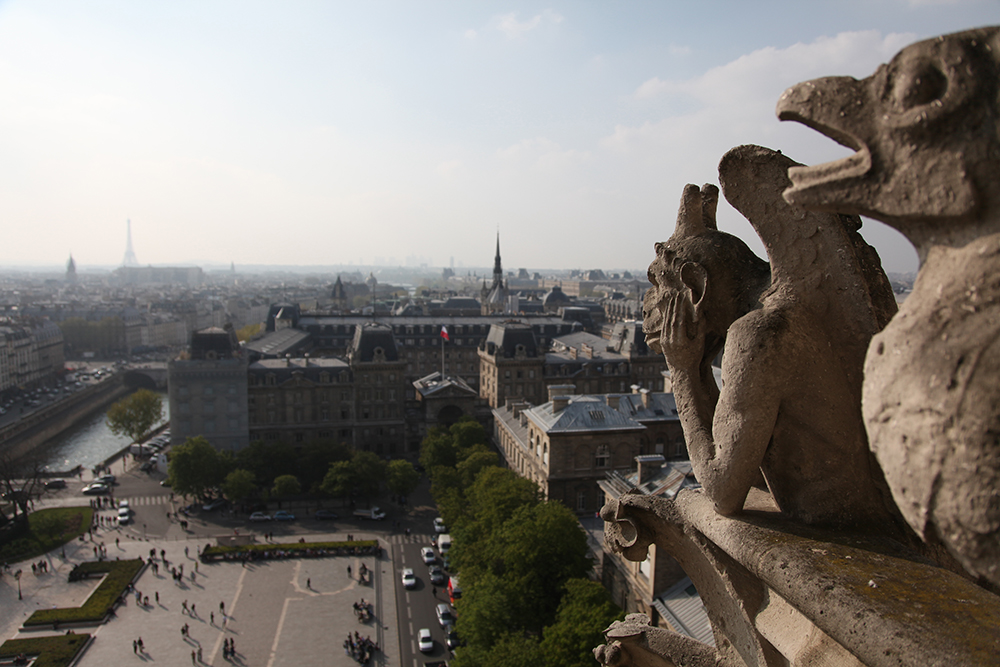
Stryge © Benjamin Mouton
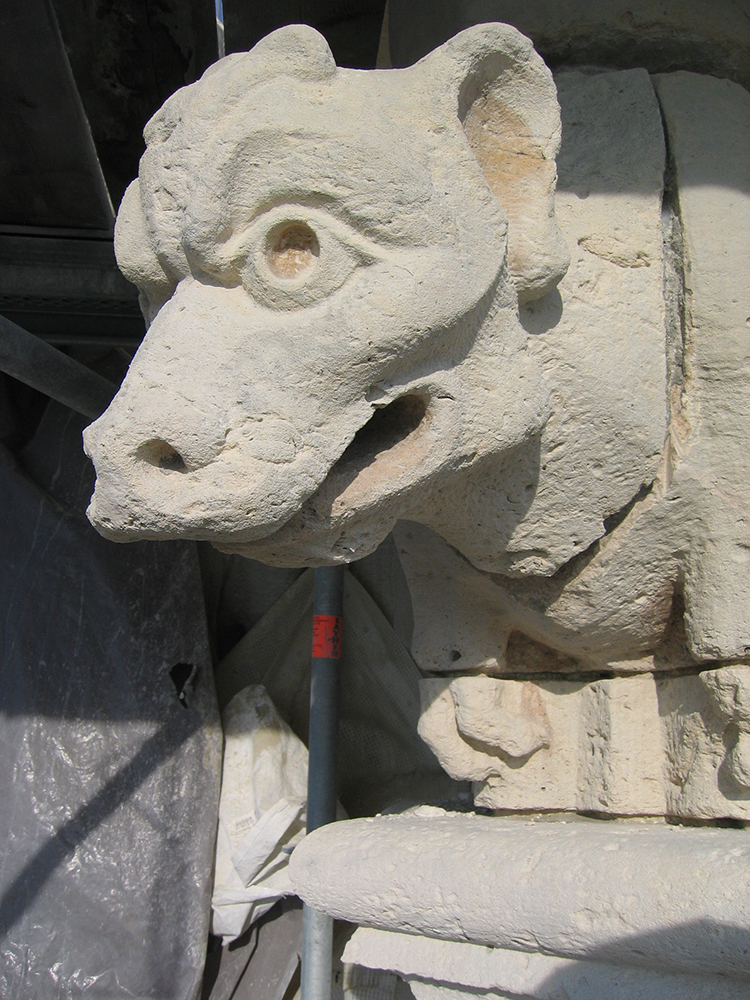
Grimacing sculptures © Benjamin Mouton
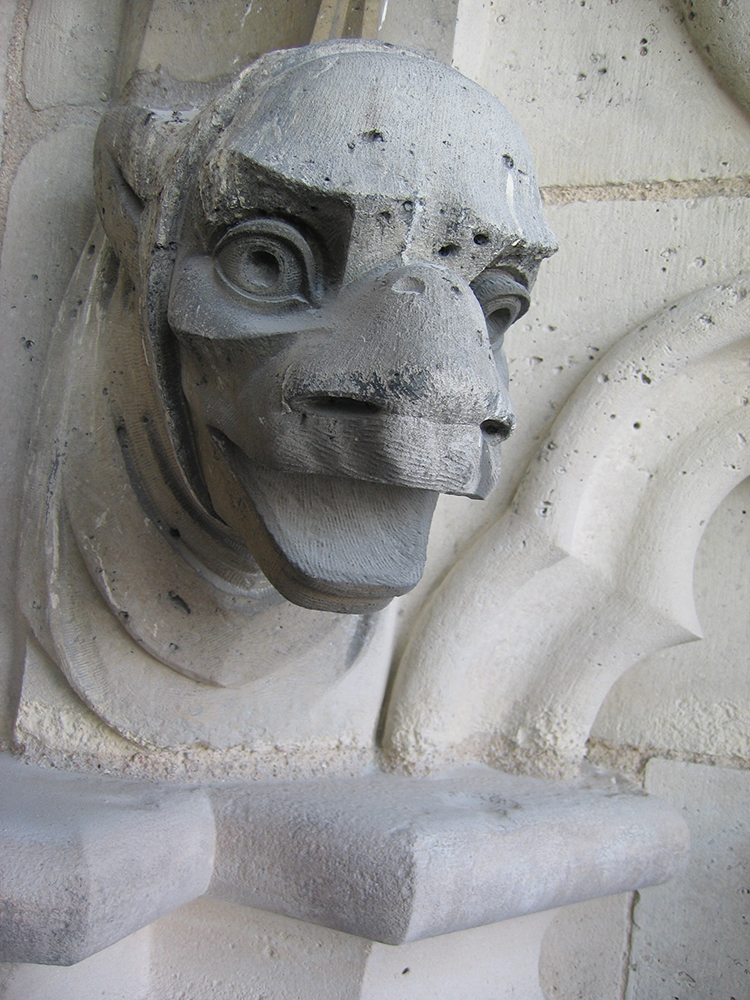
Grimacing sculptures © Benjamin Mouton
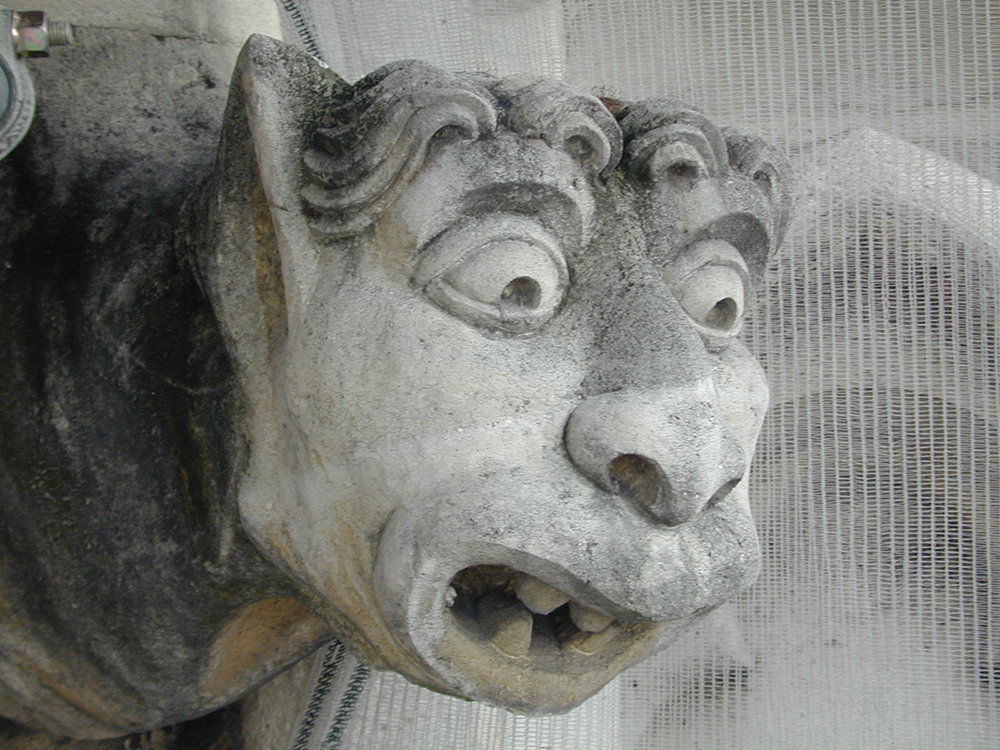
Grimacing sculptures © Benjamin Mouton
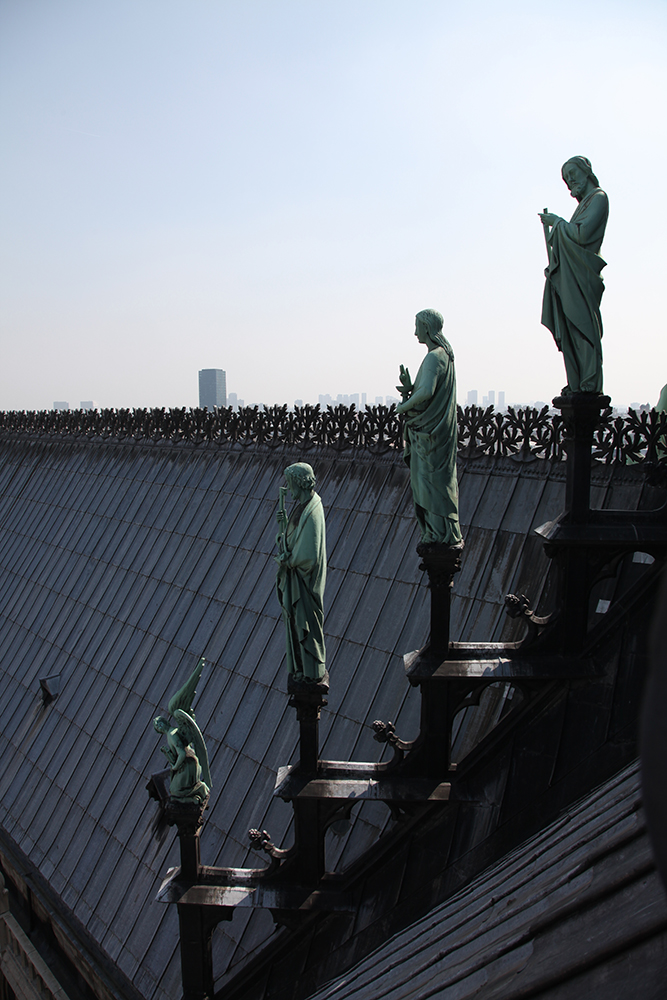
Copper statues of the spire © Benjamin Mouton

Furniture and polychromy © Benjamin Mouton
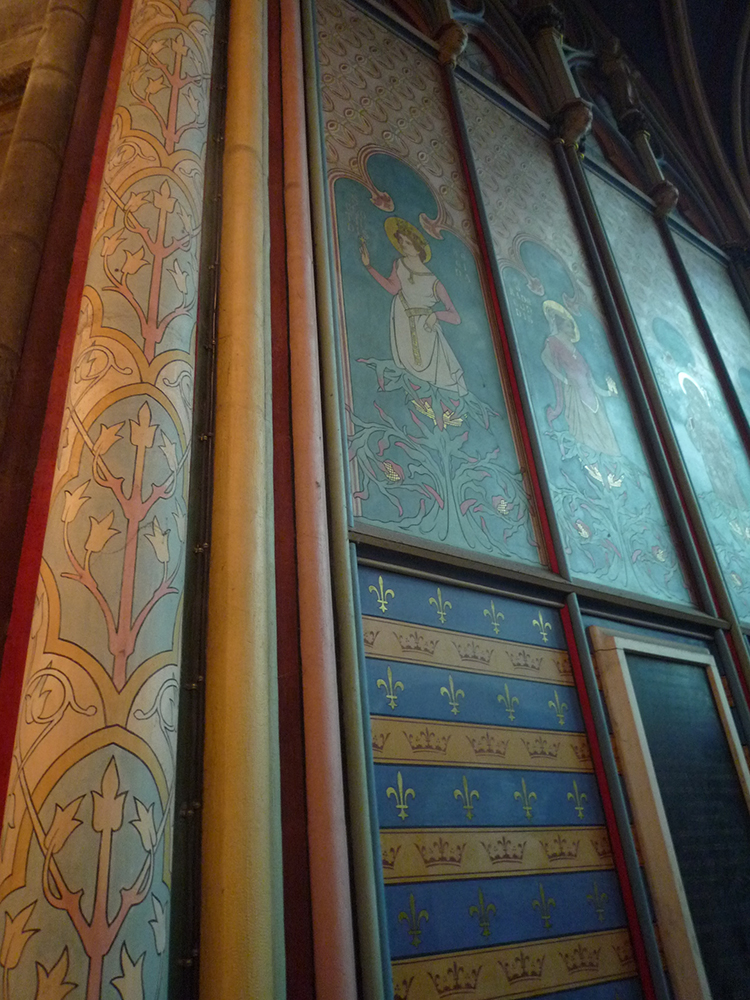
Furniture and polychromy © Benjamin Mouton

